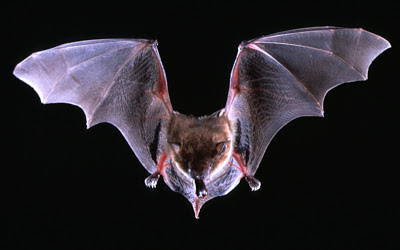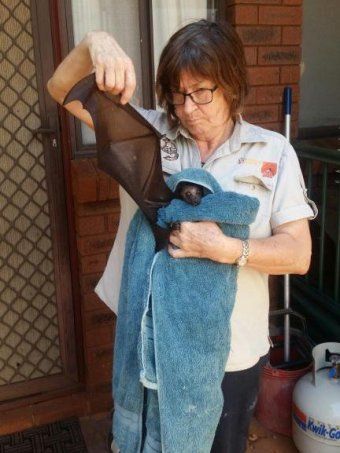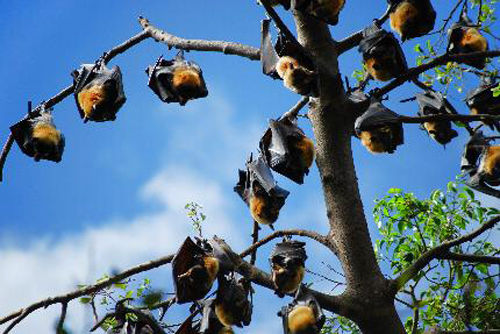Australian bat lyssavirus is similar to rabies, causing a rapid death if passed from an animal to a human. In recent months, it has been detected in 11 bats in the West Australian town of Broome in the Kimberley region. Prior to that, there had been only two cases identified in Western Australia in a decade. There has also been an increase in sick bats being found in Queensland.
Comment: The Lyssavirus is classified as a zoonotic infection. Zoonnoses are diseases that normally exist in animals but have the potential to transmit to humans. They can be caused by many different infectious agents including bacteria, fungi and viruses. Examples include anthrax, tuberculosis, plague, yellow fever and influenza. SARS virus, Hendra virus, Ebola and Marburg viruses and the SARI virus emerged from bats to humans. For viruses like Rabies and West Nile virus, humans are "dead-end" hosts (no human-to human transmission).
Senior Public Health nurse Ashley Eastwood is based in Broome and has been monitoring the numbers. "In 2014, we became aware that something was happening in the bat colony with these cases popping up," she said.
"We don't know exactly what's caused it. There are investigations going on through the Department of Parks and Wildlife, and the Department of Agriculture, wondering what's actually going on in the colony. There's been speculation perhaps lots of fires around last year, there's a particularly hot season, and that could be disturbing that colony."
Human infections occurred in Australia in 1996, 1998, and 2013 and proved fatal.
Of concern is also the fact that several of the dying bats had been located right in the middle of 'Old Broome', on thoroughfares used by children to get to school each day. Ms Eastwood said the Health Department was running an education campaign targeting local schools.
"We have 'children and bats' posters and flyers in schools, just providing children with some education around bats," she said. "It's saying to children that if you find an injured or orphaned flying bat or dead bat, not to handle it, but to let an adult know who will notify parks and wildlife, or a wildlife carer."
People are being urged not to touch a bat they find sick or injured on the ground and try to avoid being swooped. If someone is scratched or bitten, they are advised to wash the wound thoroughly for at least five minutes with warm soapy water, and seek medical attention immediately.
Freezing bats for science
Wildlife carer Jan Martin is the on the frontline of virus detection in the Kimberley. Every time she is given a sick or dying bat, she freezes it in her backyard in Broome, to ensure it can be tested. "I'll pass it on to the Department of Agriculture so they can organise a proper post-mortem," she said. "They usually dissect the brain to see if the animal's got the virus or not."
Ms Martin said she was worried about the number of sick animals being found. "We used to get the odd one now and then, but this year's been absolutely horrific, the number turning up sick," she said. "It's just been strange - Australia-wide they're just gob-smacked about it, because it's never heard of, having so many at the same time."






Comment: The newly emerging Australian Bat Lyssavirus in a captive juvenile black flying fox exhibited progressive neurologic signs, including sudden aggression, vocalization, dysphagia, and paresis over 9 days and then died. This virus is considered endemic in Australian bat populations and causes a neurological disease in people indistinguishable from clinical rabies. There are two distant variants of ABLV, one that circulates in frugivorous bats (genus Pteropus) and the other in insectivorous microbats (genus Saccolaimus). Three fatal human cases of ABLV infection have been reported and each manifested as acute encephalitis but with variable incubation periods. Importantly, two equine cases arose in 2013, the first occurrence of ABLV in a species other than bats or humans.